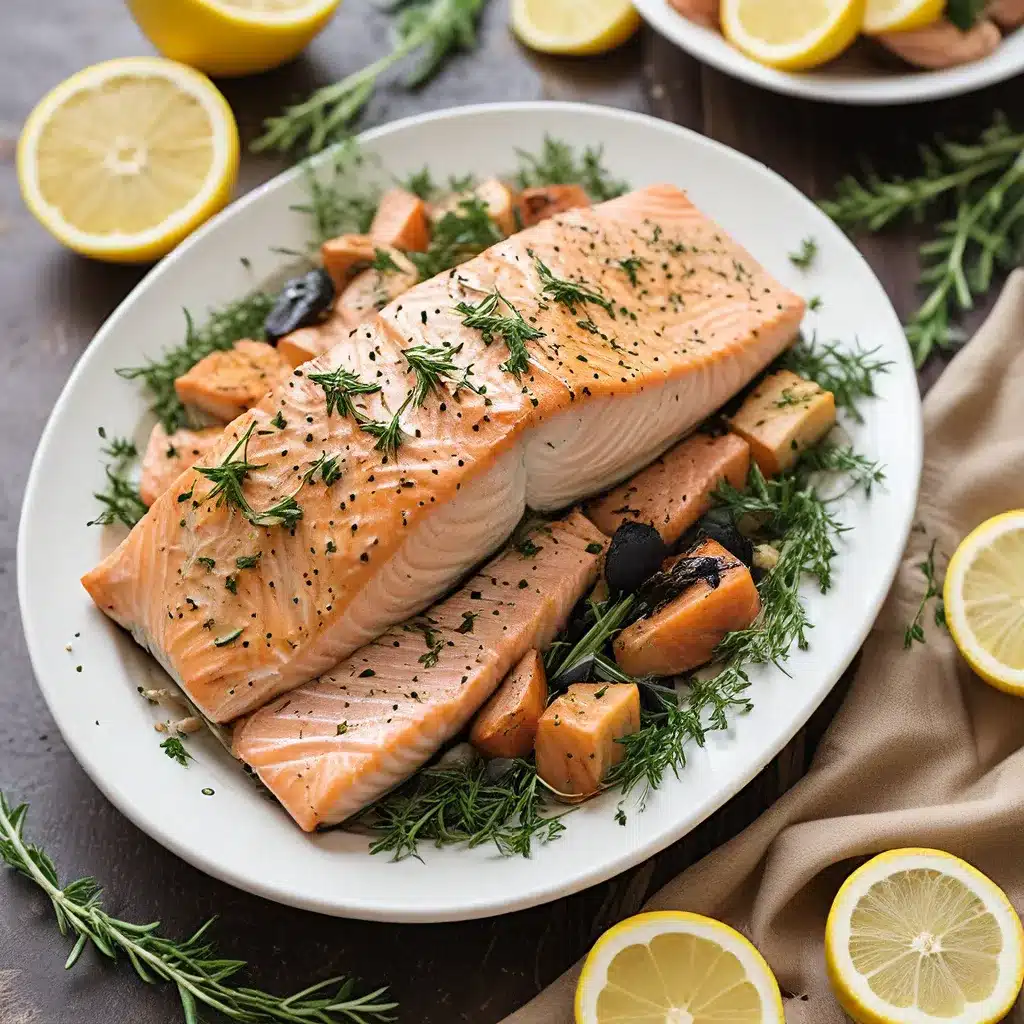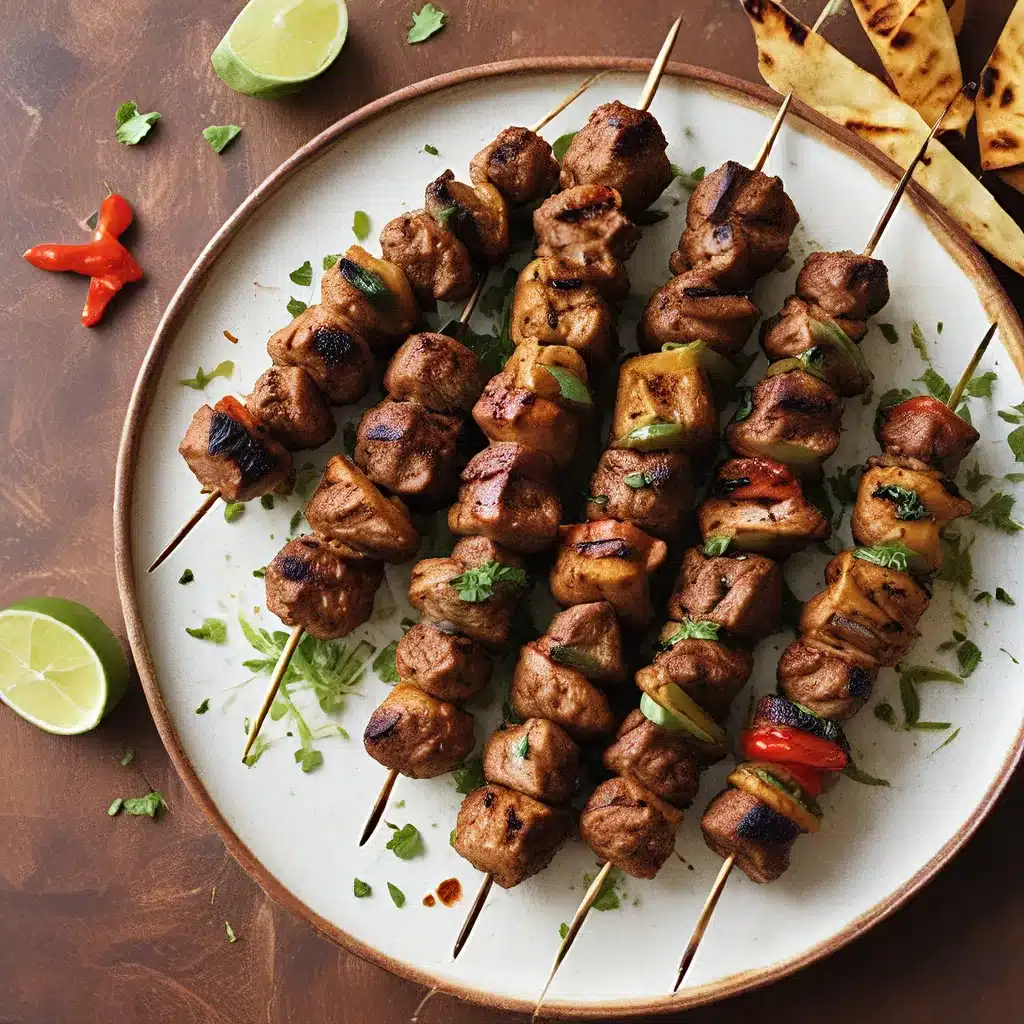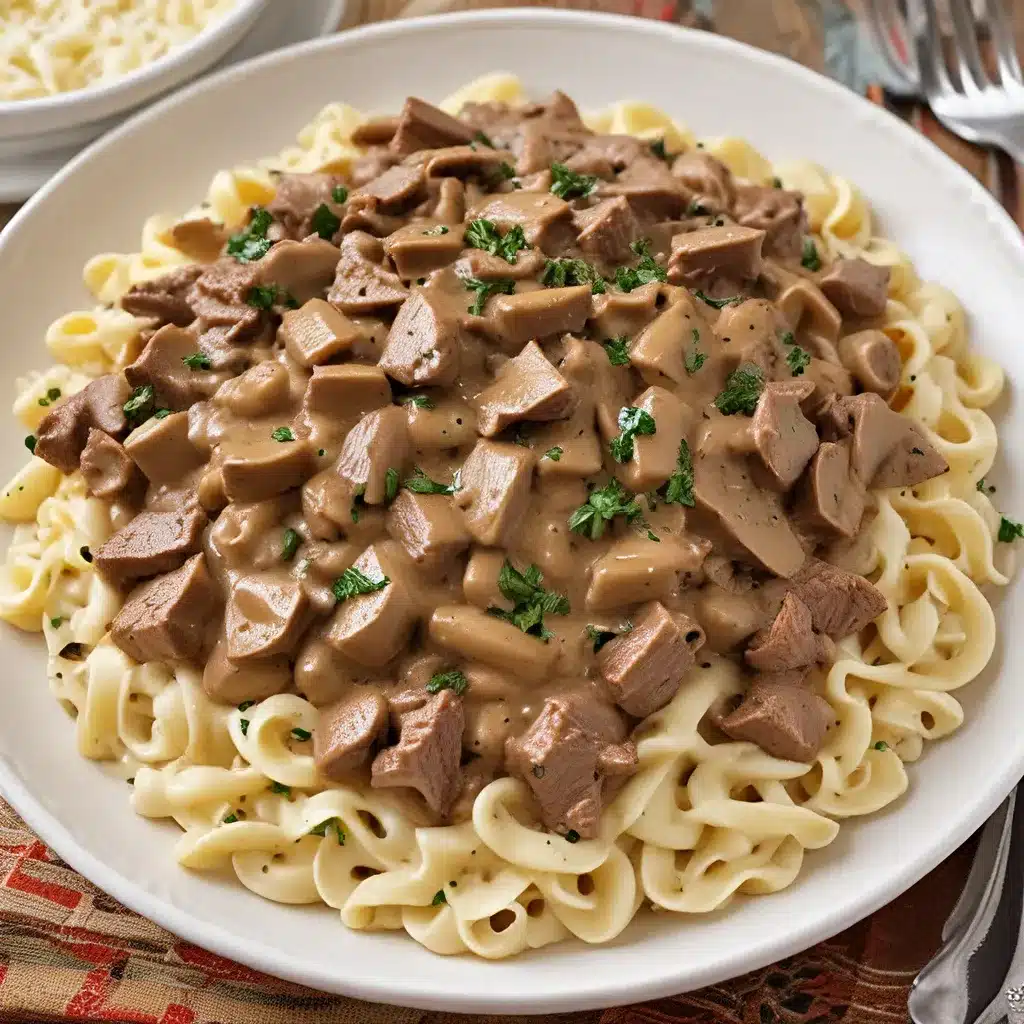
As the saying goes, “The proof is in the pudding.” But what about the perfect roast chicken? Well, my friend, you’ve come to the right place. In this ultimate guide, I’ll walk you through every step of the process, from choosing the right chicken to achieving that coveted crispy skin. With tips on seasoning, roasting methods, and even delicious side dish pairings, you’ll soon be the master of the roast chicken. So, let’s dive into the world of perfectly roasted poultry and unlock the secrets to culinary success.
Choosing the Right Chicken
When preparing a perfectly roasted chicken, it is crucial to carefully select the right chicken for optimal results. The first step is to choose the appropriate type of chicken cut for roasting. There are various options available, such as whole chickens, chicken pieces, or boneless cuts like chicken breasts or thighs. Each cut has its own advantages and considerations when it comes to roasting techniques.
For a classic roast, a whole chicken is a popular choice. It offers a juicy and flavorful outcome, especially when cooked with the skin on. However, it requires longer cooking times and extra attention to ensure even doneness throughout. On the other hand, chicken pieces like legs, wings, or drumsticks are quicker to cook and easier to handle. They are great for those who prefer individual portions or want more variety in flavors.
When selecting your chicken, prioritize freshness and quality. Look for plump, firm, and unbruised cuts with a clean smell. Check the packaging or ask your butcher for the expiration date to ensure it hasn’t been sitting for too long.
Preparing the Chicken for Roasting
To prepare the chicken for roasting, start by rinsing it under cold water and patting it dry with paper towels. Properly preparing the chicken is essential for a delicious and safe roast. Here are four important steps to follow:
-
Remove the giblets: Check the chicken cavity for any giblets or organs that may be inside. These should be discarded as they are not needed for roasting.
-
Consider brining techniques: Brining involves soaking the chicken in a saltwater solution before roasting. This helps to enhance the flavor and moistness of the meat. You can find various brining recipes and techniques online to suit your taste preferences.
-
Explore marinating options: Marinating the chicken before roasting adds extra flavor and tenderness. You can use a pre-made marinade or create your own using herbs, spices, and acids like lemon juice or vinegar. Ensure that the chicken is fully coated in the marinade and let it sit in the refrigerator for at least 30 minutes or overnight for maximum flavor.
-
Let the chicken come to room temperature: Before roasting, it’s important to let the chicken sit at room temperature for about 30 minutes. This allows for even cooking and helps to avoid a dry interior.
Seasoning Options for Flavorful Results
For flavorful results, there are several seasoning options to enhance the taste of your roasted chicken. One popular option is smoke infusion, which adds a smoky flavor to the meat. To achieve this, you can use a smoke-infused seasoning blend or marinate the chicken with liquid smoke before roasting. Just be sure to follow the instructions on the packaging for the correct amount to use.
Another way to add flavor is through herb combinations. Herbs like rosemary, thyme, and sage work well with chicken and can be used individually or in combination. You can rub the chicken with a mixture of these herbs, either fresh or dried, before roasting. Additionally, you can also stuff the cavity with a bundle of fresh herbs to infuse the meat with their aroma.
When seasoning your chicken, it is important to consider the safety aspect. Make sure to wash your hands thoroughly before and after handling raw chicken to prevent cross-contamination. Also, avoid using expired or contaminated spices and herbs. Always check the expiration dates and store them properly in a cool, dry place.
Tips for Achieving a Crispy Skin
To achieve a perfectly crispy skin on your roasted chicken, there are a few key tips to keep in mind. First, make sure to season the chicken generously with salt and spices to enhance the flavor and promote maximum crispness. Secondly, cooking the chicken at the proper temperature is essential – a high temperature will help to render the fat and create a crispy exterior. Finally, allow the chicken to rest after cooking to ensure the juices redistribute and the skin remains crispy.
Seasoning for Maximum Crispness
Achieving a perfectly crispy skin on your roasted chicken is all about the right seasoning. Here are four key tips to help you achieve maximum crispness:
-
Salt the skin: Before roasting, generously season the chicken skin with salt. This not only enhances the flavor but also draws out moisture, resulting in a crispier skin.
-
Use dry seasonings: Avoid wet marinades or sauces as they can make the skin soggy. Instead, opt for dry seasonings like herbs, spices, and aromatics to add flavor without compromising crispness.
-
Try the air fryer method: If you have an air fryer, give it a try for your roasted chicken. The hot circulating air helps to achieve a crispy skin while reducing the cooking time.
-
Consider brining techniques: Brining the chicken before roasting can help to retain moisture and enhance the flavor. However, ensure the chicken is thoroughly dried before roasting to achieve a crispy skin.
Proper Cooking Temperature
After properly seasoning your roasted chicken, the next key step to achieving a crispy skin is to ensure you cook it at the proper temperature. Cooking the chicken at the right temperature is essential for both safety and taste. To ensure the chicken is cooked thoroughly, use a meat thermometer and check the internal temperature. The USDA recommends cooking chicken to a minimum internal temperature of 165°F (74°C) to kill any harmful bacteria. Keep in mind that cooking time can vary depending on the size of the chicken and the oven temperature. As a general guideline, roast the chicken at 425°F (220°C) for about 20 minutes per pound. Using a meat thermometer will ensure your chicken is cooked to perfection and safe to eat.
Importance of Resting
Resting the roasted chicken is crucial for achieving a crispy skin and locking in the juicy flavors. Here are four tips to help you achieve that perfect crispy skin:
-
Basting: During the resting period, basting the chicken with its own juices helps to keep the skin moist and prevents it from becoming dry and rubbery. This also adds an extra layer of flavor to the chicken.
-
Patting dry: Before roasting, make sure to pat the chicken dry with paper towels. This removes any excess moisture on the skin, allowing it to crisp up nicely during cooking.
-
Using a meat thermometer: A meat thermometer is essential for ensuring that the chicken is cooked to perfection. By inserting the thermometer into the thickest part of the chicken, you can accurately determine when it reaches the recommended internal temperature of 165°F (74°C).
-
Resting time: After removing the chicken from the oven, let it rest for about 10-15 minutes before carving. This allows the juices to redistribute throughout the meat, resulting in a moist and tender chicken.
Roasting Methods: Oven Vs. Rotisserie
To achieve the perfect roasted chicken, it is essential to compare the two popular methods: roasting in the oven versus using a rotisserie. When it comes to rotisserie vs. grill, both methods have their pros and cons.
Using an oven provides convenience and control. You can easily adjust the temperature and cooking time, ensuring that the chicken cooks evenly. Additionally, the oven allows you to roast other ingredients alongside the chicken, creating a complete meal. However, roasting in the oven may result in a less crispy skin compared to using a rotisserie.
On the other hand, using a rotisserie can give you that coveted crispy skin. The rotating motion of the rotisserie allows the chicken to cook evenly and helps to render the fat, resulting in moist and flavorful meat. However, using a rotisserie requires special equipment and may take longer than roasting in the oven.
Ultimately, the choice between oven roasting and rotisserie depends on personal preference and available resources. Both methods can yield delicious roasted chicken, so it’s a matter of deciding which factors are most important to you.
Monitoring the Chicken’s Internal Temperature
When it comes to roasting a chicken, monitoring the internal temperature is crucial for achieving a perfectly cooked bird. To ensure accuracy, it is important to have the right temperature monitoring tools, such as a digital meat thermometer. The ideal internal temperature for a roasted chicken is 165°F (74°C), as this ensures that the chicken is fully cooked and safe to eat.
Temperature Monitoring Tools
Using a reliable temperature monitoring tool is essential for ensuring that your roasted chicken is cooked to perfection. Here are four temperature monitoring tools that can help you achieve the ideal internal temperature for your chicken:
-
Wireless thermometers: These allow you to monitor the temperature of your chicken without having to open the oven door. Simply insert the probe into the thickest part of the chicken and monitor the temperature from the comfort of your kitchen.
-
Manual temperature probes: These are simple and affordable tools that give you an accurate reading of the chicken’s internal temperature. Insert the probe into the thickest part of the chicken and check the temperature manually.
-
Instant-read thermometers: These provide a quick and accurate reading of the chicken’s internal temperature. Insert the probe into the chicken and within seconds, you’ll know if it’s cooked to perfection.
-
Oven-safe thermometers: These are placed inside the chicken before it goes into the oven and stay there throughout the cooking process. They provide continuous temperature monitoring, ensuring that your chicken is cooked evenly and thoroughly.
Using any of these temperature monitoring tools will give you the confidence to cook your chicken safely and enjoy that perfect roast every time.
Ideal Internal Temperature
Now let’s explore the ideal internal temperature to monitor when cooking your roasted chicken. It is crucial to ensure that the chicken reaches a safe internal temperature to avoid any risk of foodborne illnesses. The USDA recommends cooking chicken to an internal temperature of 165°F (74°C). This temperature ensures that the chicken is fully cooked, eliminating any harmful bacteria that may be present. To accurately measure the internal temperature, use a reliable meat thermometer. Insert the thermometer into the thickest part of the chicken, avoiding contact with bones, to get an accurate reading. Remember to choose the right roasting pan and use proper basting techniques to ensure even cooking and moisture retention. Keeping a close eye on the internal temperature will guarantee a perfectly roasted chicken that is both delicious and safe to consume.
Resting and Carving the Roasted Chicken
To properly rest and carve a perfectly roasted chicken, follow these simple steps:
-
Rest the chicken: After removing the roasted chicken from the oven, let it rest on a cutting board for about 10-15 minutes. This allows the juices to redistribute and the meat to become more tender and flavorful.
-
Carving techniques: Start by removing the legs and wings. Hold the chicken firmly with a kitchen towel and use a sharp knife to separate the drumsticks and wings from the body. Then, carve the breast meat by slicing parallel to the breastbone, making thin and even slices. Finally, separate the thigh and drumstick by cutting through the joint.
-
Safety first: Always be cautious when handling hot roasted chicken and using sharp knives. Use a kitchen towel or oven mitts to protect your hands and make sure your cutting surface is stable to prevent accidents.
-
Benefits of resting: Resting the roasted chicken allows the juices to settle, resulting in a moist and tender meat. It also makes carving easier as the meat doesn’t tear or become overly dry. Resting is an essential step to ensure a delicious and enjoyable meal.
Delicious Side Dish Pairings
When choosing side dishes to pair with your perfectly roasted chicken, consider these delicious options. To create unique flavor combinations, try incorporating creative side dish ideas that complement the savory taste of the chicken. One classic choice is a creamy mashed potato, which provides a smooth texture and balances the richness of the roasted chicken. For a lighter option, a crisp green salad with a tangy vinaigrette can add a refreshing element to the meal. Another tasty pairing is roasted vegetables such as carrots, Brussels sprouts, and sweet potatoes. The caramelized flavors from roasting enhance the overall taste of the chicken. If you’re looking for a more substantial side, consider serving the roasted chicken with a fluffy quinoa pilaf or wild rice. These grains add a nutty flavor and provide a satisfying accompaniment to the chicken. Lastly, don’t forget about the classics like buttery dinner rolls or warm cornbread. These simple additions can round out the meal and offer a comforting touch. With these delicious side dish pairings, you can create a well-rounded and satisfying meal that will leave everyone craving for more.
Conclusion
Roasting a chicken to perfection may seem daunting, but with the right techniques and tips, it can be easily achieved. From choosing the right chicken to monitoring its internal temperature, each step plays a crucial role in creating a deliciously crispy and flavorful dish. Whether you prefer oven-roasting or using a rotisserie, following these guidelines will ensure that your roasted chicken turns out succulent and tender every time. Don’t forget to pair it with some delicious side dishes for a truly satisfying meal.






